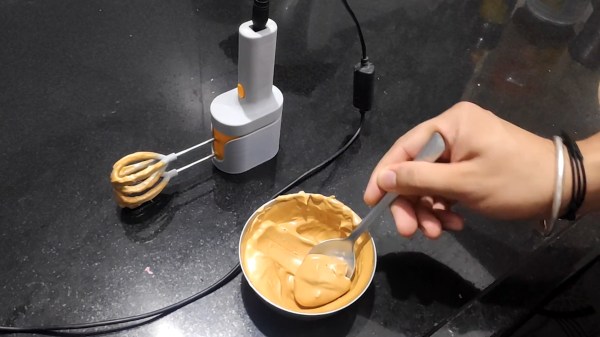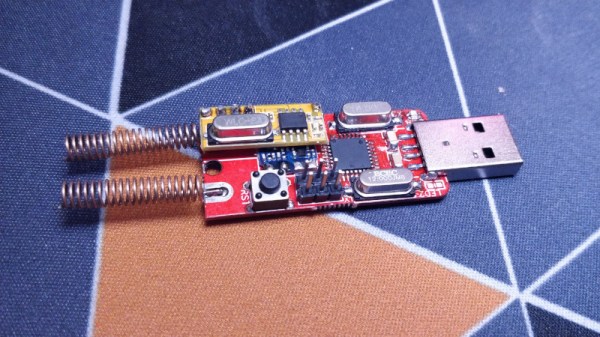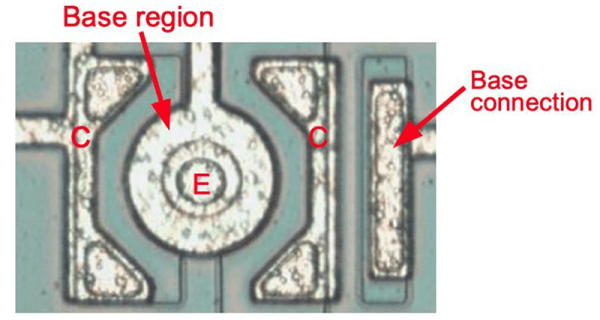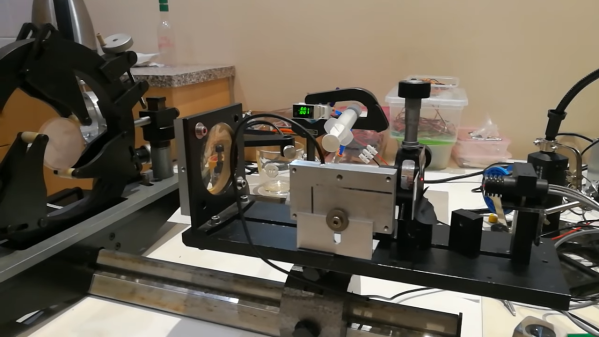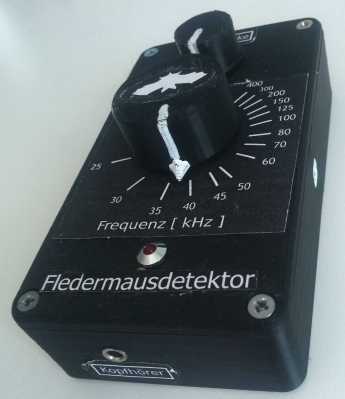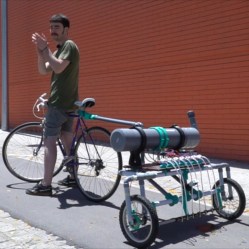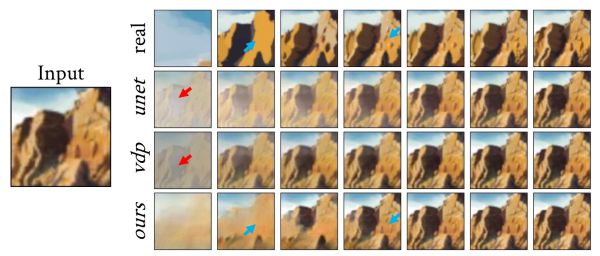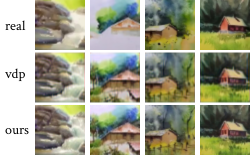Along with the substantial rise in bread baking over the last few months, many people have been whipped into a frenzy over this tasty-looking frothy coffee beverage called Dalgona. It’s like a caffeinated meringue made from instant coffee, sugar, boiling water, and a whole lot of air that is then spooned onto milk or milk and ice.
Sure, you can use a whisk to mix it up if you don’t mind doing so continuously and vigorously for at least a full three minutes. [HimanshuS8] quickly got tired of making his wife’s coffee this way, and designed a small electric hand mixer especially for this task. [HimanshuS8] happens to be a hardware design engineer, which is why it looks so minimalist and beautiful.
The inside is just as beautiful, mixing junk bin parts like the 6 V motor from a cassette deck with printed gears and beaters. At the risk of reviving an old debate, we hope [HimanshuS8] used food-safe filament for those. If you replicate this, you could try to design it around standard metal beaters instead. Check out the demo after the break while you wait for the water to boil.
Coffee makes everything better, including 3D prints — the high cellulose content in coffee waste has been shown to drastically improve print strength.

